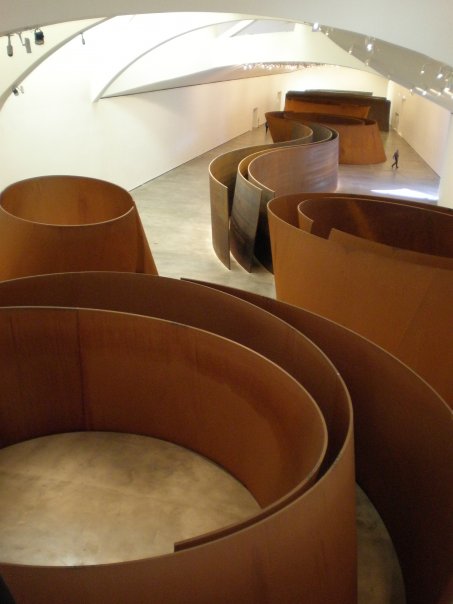Leisure • Art/Architecture
What Art Museums Should Be For
Things seem to be going really well with the institution of the art museum. All the big cities have one, new ones are popping up constantly and the lines to get into blockbuster shows can snake around the block.
But despite the buzz, museums are arguably not doing as much for us as they might; their whole purpose and function in modern society has been left oddly rather unexplored. Many of us show up at these museums more out of guilt than genuine pleasure. The prestige of art – as opposed to any spontaneous enthusiasm – is what seems to keep a sizeable share of people coming through the doors. And a lot of the more recent art on display can be deeply puzzling to behold – even if we don’t generally reveal our confusion for fear of seeming foolish.
At the heart of the problem of the art museum is an institutional inability to define in simple terms what art might actually be for and quite why it should matter so much. We may be heartily convinced of art’s importance, but we have a devilishly hard time pinning the significance down.
Here is a suggestion: the purpose of art is therapeutic. It is there to lend inspiration and consolation in relation to a number of the challenges of being human. Art helps us to cope with, among other things:
– our inability to focus on what is beautiful and precious in life
– our tendency to caricature others and forget about their sufferings
– our inclination to lose hold of our inherent creativity and playfulness
– our frustrated longings to create better societies
– and our need for stillness, perspective and solemnity in an angry chaotic world
Even though it may be fashionable to say otherwise, art is definitely not there just ‘for art’s sake.’ It is a tool to help us to live and die well; it opens our eyes, it returns us to a sense of creativity, it connects us with strangers, it shakes us from political complacency, it stills our agitated hearts. Art has a healing function.
This gives us all we need to define what an art museum should be:
An institution that displays and arranges art in ways that can best heal its audiences.
Such a stark and deliberately vulgar definition would have revolutionary implications.
Currently, most art museums are laid out chronologically as if the most important thing about works of art was when they were made.
But with a better focus on the function of art, works could now be rearranged according to the distinctive troubles of the soul they could help us with.
There could be a gallery devoted to addressing The Agonies of Love
Another focused on helping us cope with Anxiety; a third devoted to issues of Envy
A fourth to Aging and so on…
Entire museums might bite off one part of a therapeutic emotional curriculum.
There might be a Museum for Calm, that would collect a range of works that helped to usher in this prized mood from across all centuries and media. There could be A Museum for Creativity; A Museum for Friendship – and so on. Some might be very big. Others quite small. They might exist online or in a narrow space between a pub and a kebab shop.
You often hear it said that ‘museums of art are our new cathedrals’: in other words, that art can heal us as religions once did. It’s an intriguing and vital idea which art museums haven’t in fact taken up, because while they expose us to objects of genuine importance, they seem unable to curate them in ways that link them powerfully to our inner needs. Our new cathedrals are underperforming.
We should give up on the idea of the art museum as some kind of dead storage space for the history of the subject or a whitewashed cavern that stays intimidatingly silent as to its purpose. The art museum deserves to be reborn as a kind of superior chemist or drugstore, that vividly signposts art and culture and uses it to bring inspiration, solace and meaning to our confused, anxious and troubled societies.





























